the atrocious webp format
I continue to be confused by the level of widespread hate WebP still gets. It’s old enough to be widely (albeit not universally) supported in software like web browsers, but new enough to provide similar-or-better (usually better) lossless compression than PNG (21,578 bytes for the original image) and typically better lossy compression than JPEG at comparable perceived quality, especially for the types of images typically shared on the internet (rather than say, images saved directly from a DLSR camera). It’s why servers bother to re-encode JPEG images to WebP for delivery - they wouldn’t bother wasting the compute time to re-compress if it wasn’t generally worth doing.
I can understand it if we were, say, 10-15 years ago when the format was still not super widely supported yet, but that’s basically where we are with JPEG XL and AVIF support right now too. If one of these two had exactly the level of support that WebP does right now then yes, of course we should probably use one of them instead - but we’re not there yet. Until we are, WebP often has the best compromise between compatibility and compression efficiency as far as image formats go, and that’s why a lot of sites do this re-compression thing using WebP. I gave some examples using digital art (one of the things I was compressing a lot at the time) a year ago in a related discussion: https://lemmy.world/post/6665251/4462007
A news website local to me recently-ish started choosing to deliver AVIF-compressed (or probably re-compressed) images the same way a lot of sites currently do it for WebP because my browser supports AVIF, so at least we are starting to see a token amount of uptake on the next-gen formats in the wild.

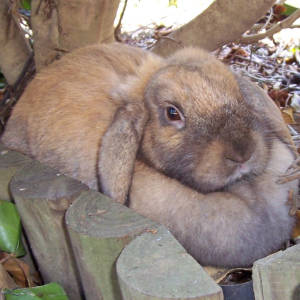

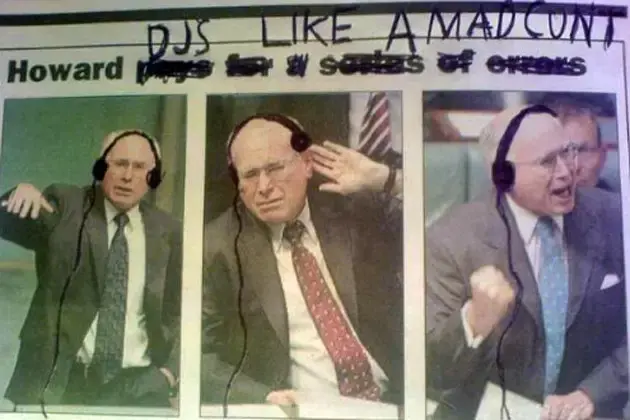




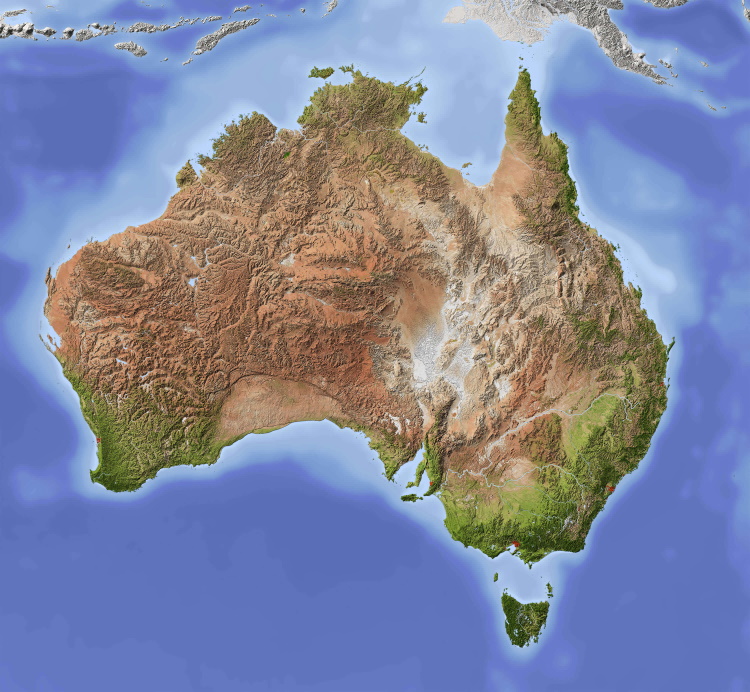


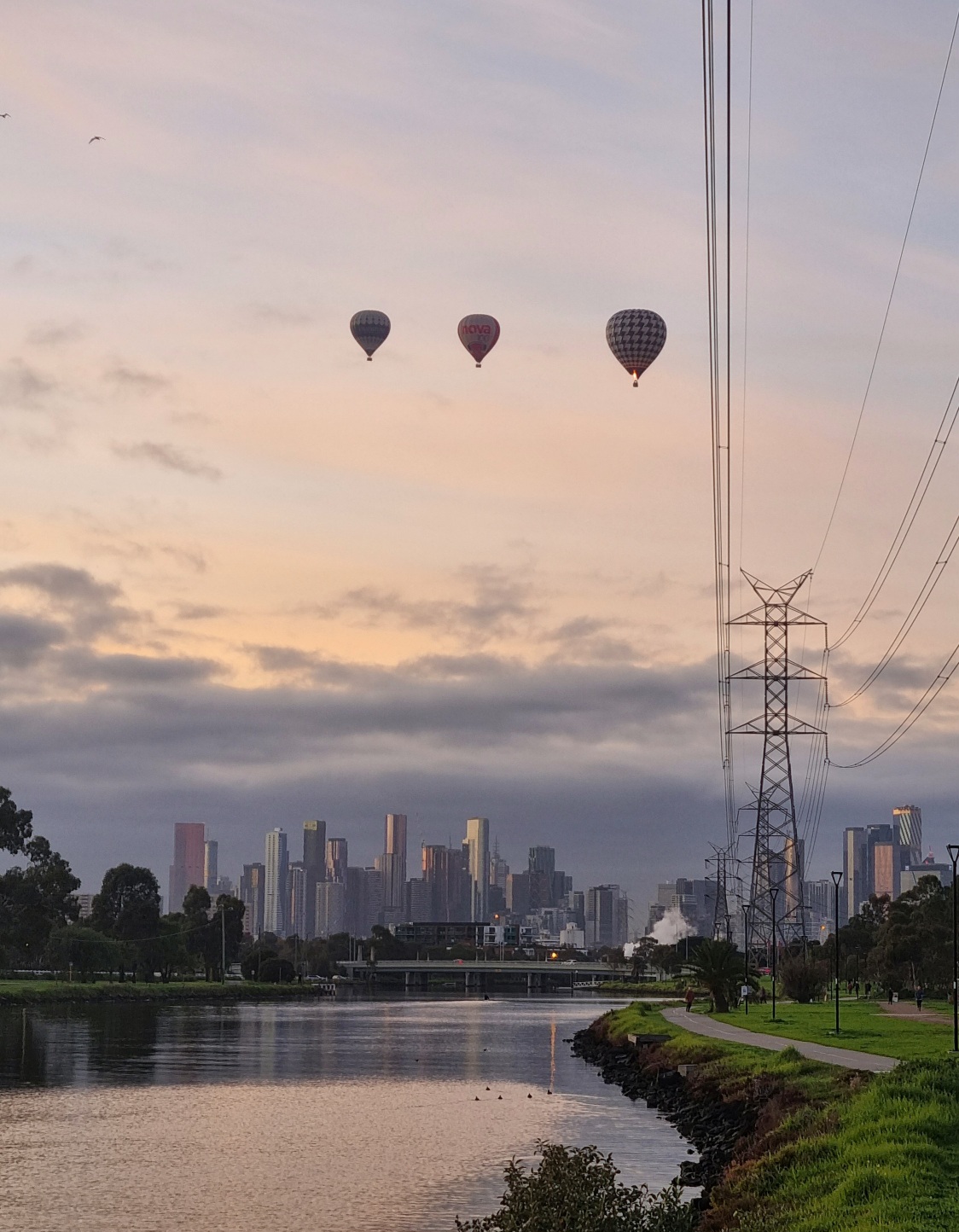


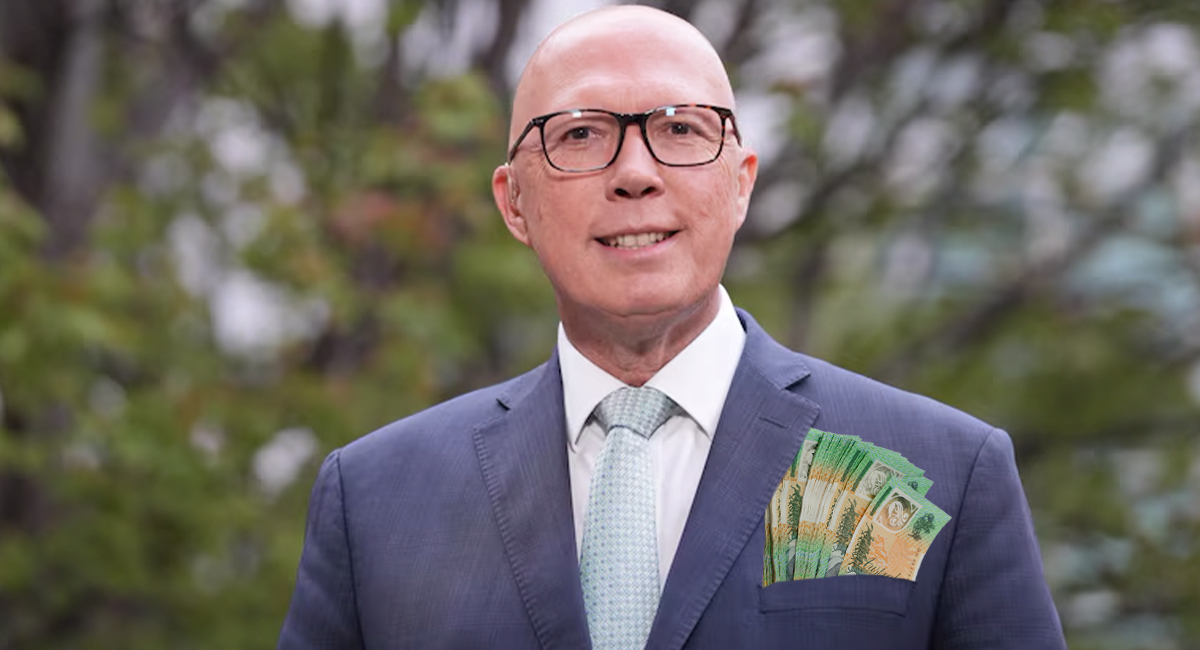



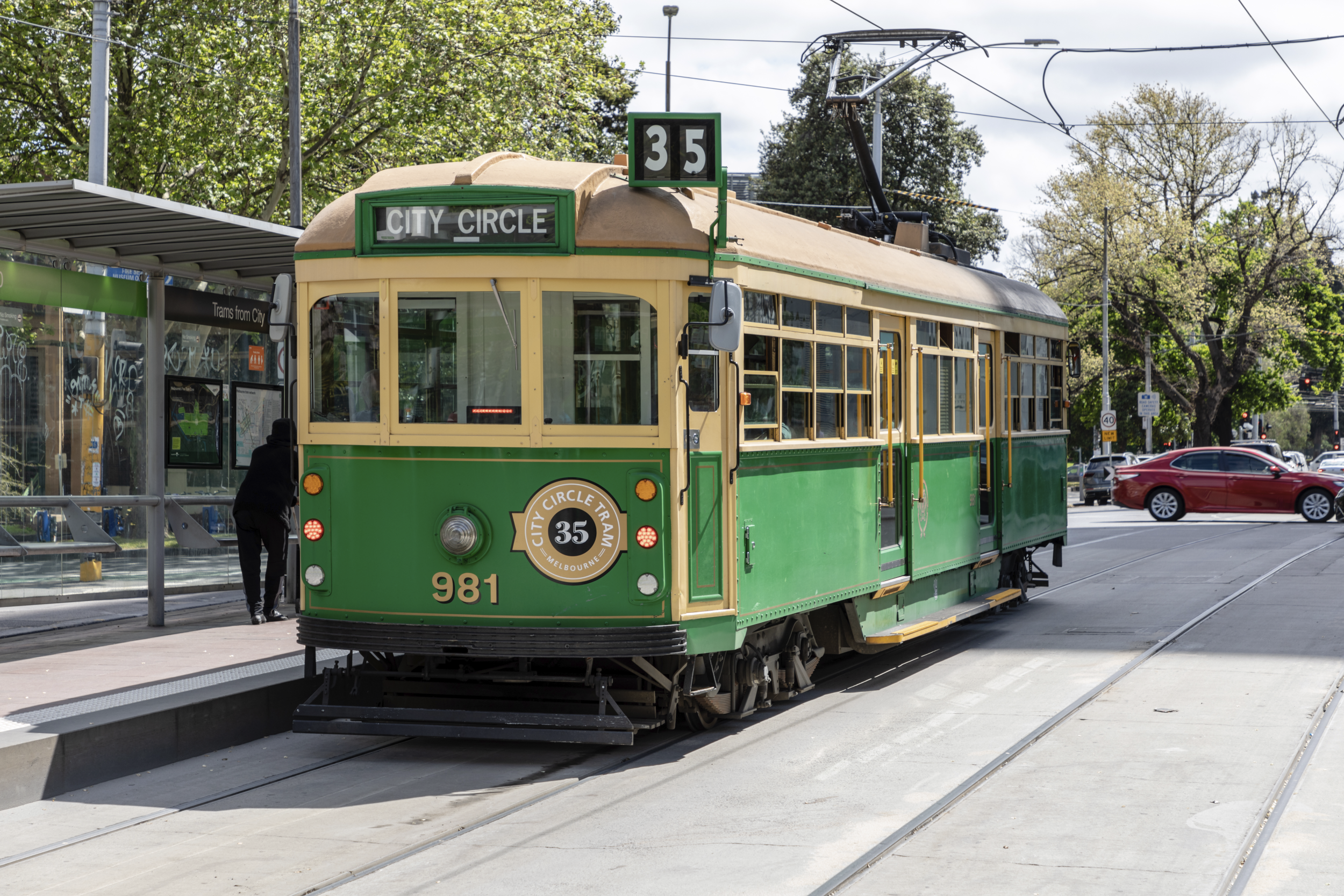


ABC tends to release a standalone article later (which they have now for this), but I think the live blog thing is supposed to capture the feeling of watching the news unfold on TV except in written form ¯\_(ツ)_/¯